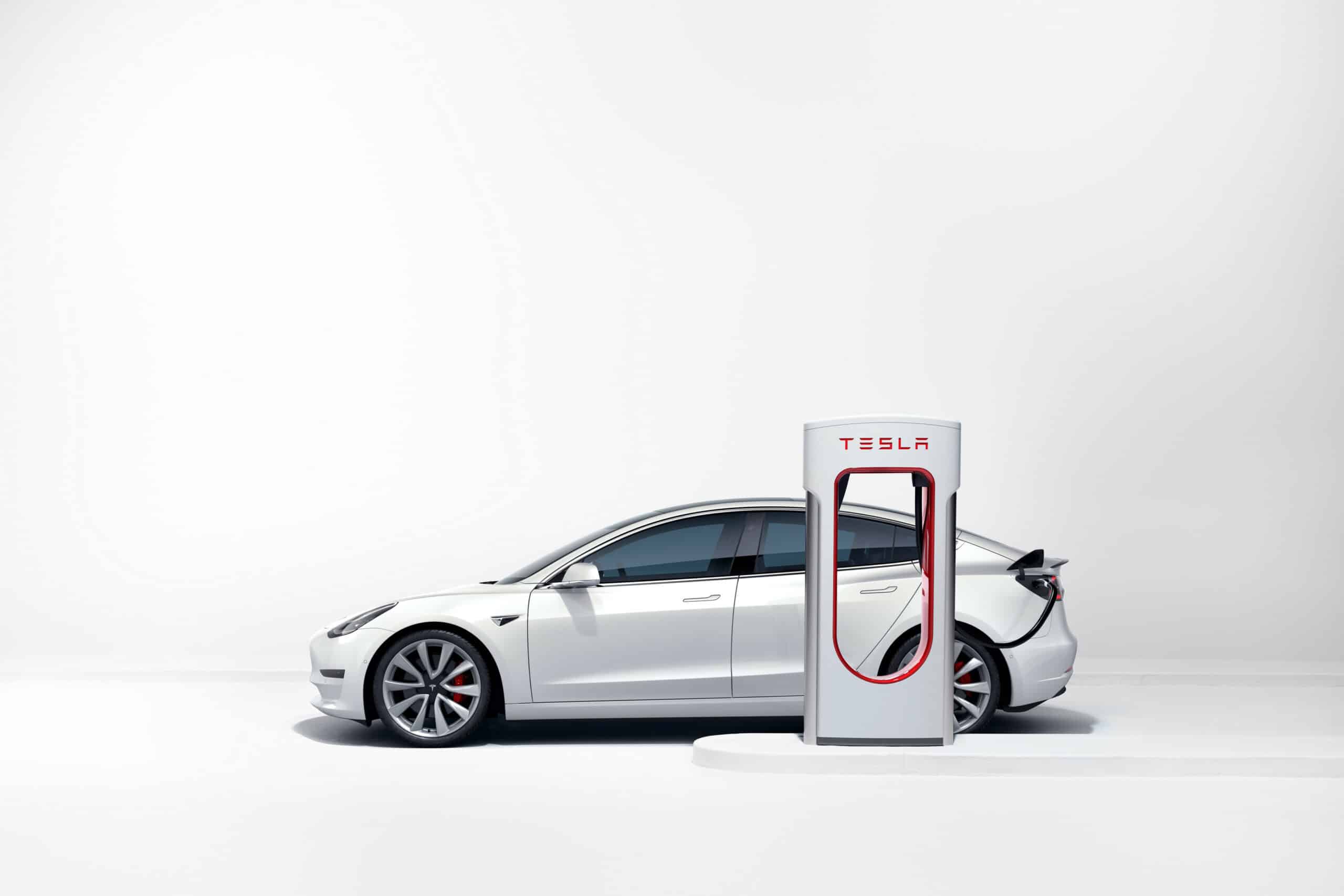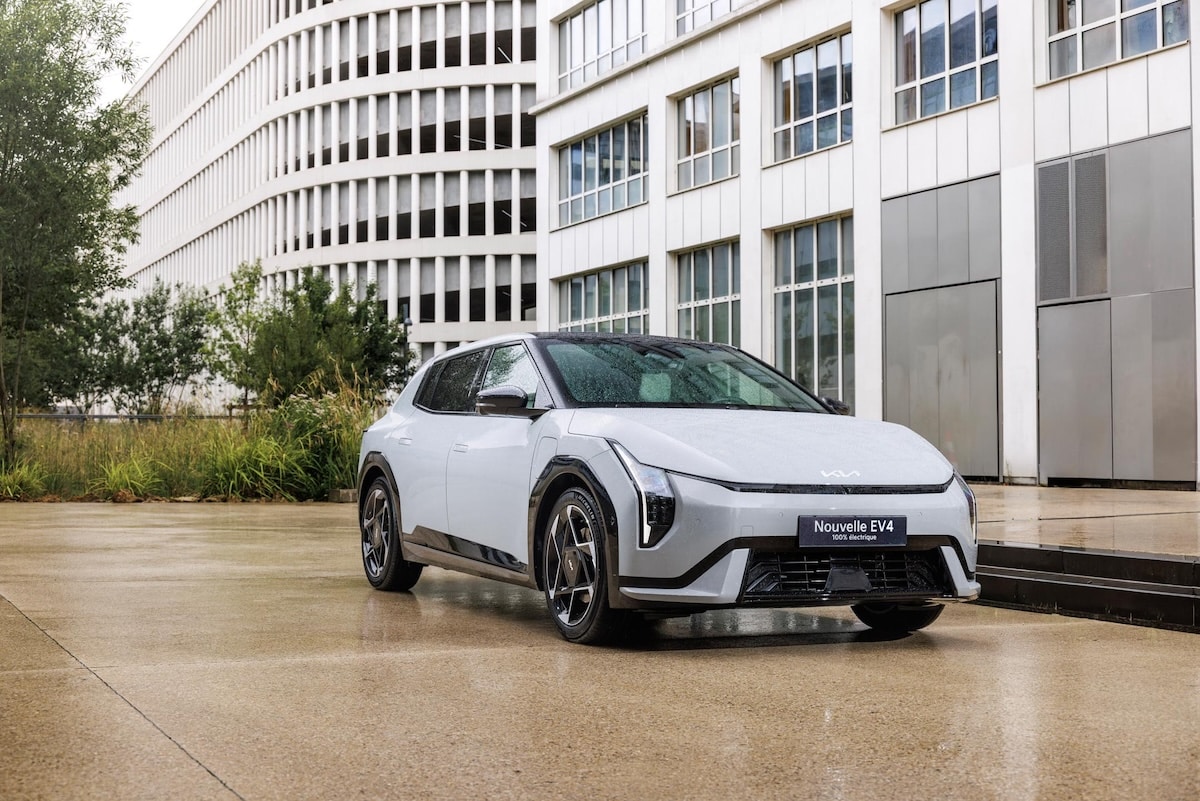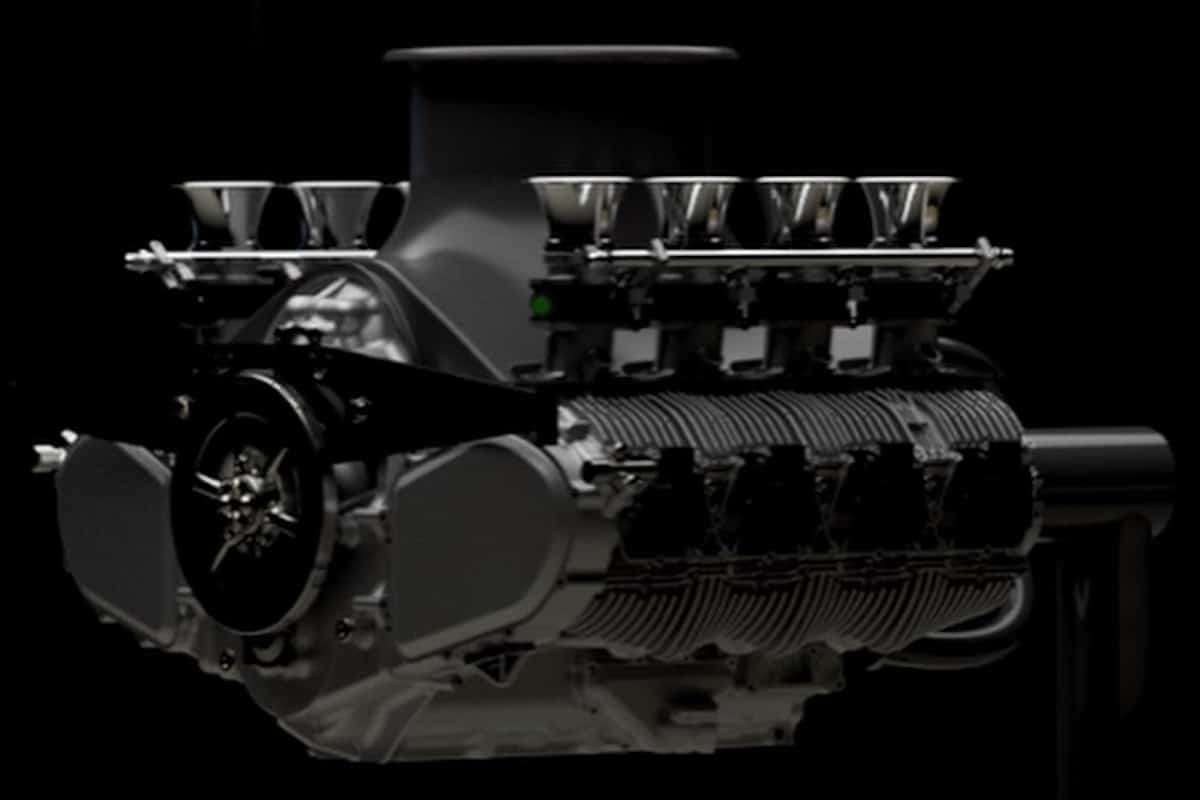At what pace can an individual benefit from the ecological bonus?
This page is translated from the original post "À quel rythme un particulier peut profiter du bonus écologique ?" in French.

We know too little about it, but an individual cannot renew their electric car every year with the eco bonus. Here’s why.
The eco bonus, established in France in 2008, was designed to encourage individuals and businesses to purchase vehicles emitting less CO₂, thereby supporting the ecological transition of the automotive sector. This scheme has evolved over the years to address contemporary environmental and economic challenges. Here is a summary of how it works, past changes, and future prospects.
Origins and Objectives of the Eco Bonus
The eco bonus was created in a context where the reduction of CO₂ emissions and the transition to cleaner technologies became priorities for France. From its inception, the main goal of the bonus was to make electric vehicles and other low-pollution vehicles more accessible by reducing their acquisition costs for individuals and businesses. At the same time, the conversion bonus was introduced to encourage the scrapping of the most polluting vehicles.
Evolution of the Eco Bonus and Other Associated Aids
Since its implementation, the eco bonus has undergone several adjustments to account for technological advancements and changes in environmental policy.
Here’s a summary of the evolution of the eco bonus amounts in France since its creation, with significant adjustments according to environmental and budgetary priorities:
- Beginnings in 2008: The eco bonus, associated with the penalty for the most polluting vehicles, initially offered up to 5,000 € for the purchase of vehicles emitting less than 60 g of CO₂/km, mainly the first hybrid vehicles.
- 2010s: The amount was gradually adjusted. Between 2013 and 2017, for example, the bonus for a new electric car was still 6,300 €, while plug-in hybrid vehicles received a bonus of 1,000 to 2,000 € depending on CO₂ emissions.
- Changes in 2020: The eco bonus was strengthened to support the energy transition. In 2020, with the rise of electric vehicles, the bonus reached 7,000 € for low-income households, a level still in effect in 2024 for individuals with a taxable income below 15,400 € per share. The bonus for electric vehicles remained around 6,000 € for other income categories, while plug-in hybrids were no longer eligible.
- 2024: New Ceilings and Criteria: In 2024, the bonus is set at 4,000 € for individuals with a taxable income per share above 15,400 €, and up to 7,000 € for low-income households. This aid can be combined with a conversion bonus, and it is complemented by a premium of 1,000 € in overseas territories.
What Aids in 2024?
- Regular Adjustments to Bonus Amounts: the amount of the bonus varies according to the applicant’s income and the price of the vehicle, with different ceilings for individuals with modest income (up to 7,000 €) and those with higher incomes (4,000 €).
- Extension to Utility Vehicles: the bonus has been extended to electric and hydrogen vans to support professionals and small businesses.
- Conversion Bonus: complementary to the bonus, this aid allows for the removal of old polluting vehicles from circulation by offering a bonus for the purchase of a cleaner vehicle.
- Overseas Premium: to encourage the acquisition of clean vehicles in overseas territories, a premium of 1,000 € is added, provided the vehicle circulates locally for at least six months.
The rules for obtaining the eco bonus also specify a limited granting frequency: each individual can benefit from this bonus every 36 months, or once every three years, in order to regulate the allocation of this aid and prevent its misuse.
Toward a Restructure in 2025?
For 2025, a restructure of the eco bonus is planned, aimed at strengthening the environmental criteria for eligible vehicles. In particular, new rules could favor vehicles manufactured according to stricter ecological production standards and enhance the “environmental score” criteria that exclude vehicles produced on other continents (thus Chinese…). This restructure may also emphasize the recyclability conditions of vehicles, encourage the use of more sustainable materials, and integrate renewable charging technologies.
This evolution reflects the desire to support a greener and more sustainable economic model for the automotive sector while assisting low-income households in accessing non-polluting vehicles.
ALSO READ: Eco Bonus 2025: What Will Its Amount Be?
We also suggestthese articles:
Also read




